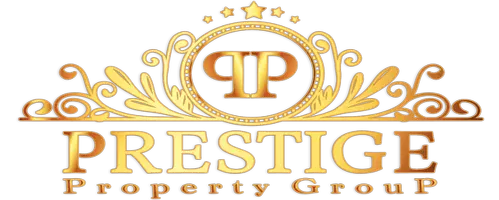Boston Bets on Office Space To Ease Housing Crunch—and More Than a Dozen Projects Are Underway
Boston’s real estate market is showing its trademark resilience—and now, a wave of new housing is set to rise from the city’s empty office buildings.
With 19 office-to-residential conversions approved and several already under construction, Boston is betting big on adaptive reuse to tackle its housing shortage and breathe new life into its downtown.
“Boston’s market remains incredibly resilient,” George Sarkis, co-founder of The Sarkis Team at Douglas Elliman, tells Realtor.com®. “We’re still seeing strong demand, especially in prime neighborhoods like Back Bay, the South End, and Seaport, where inventory continues to lag behind buyer interest.”
Sarkis says that while higher interest rates have cooled some activity, prices remain elevated because supply can’t keep pace with demand.
“The combination of Boston’s strong economy, world-class universities, and job growth keeps the market competitive,” he adds. “We’re overdue for innovative solutions to open up new housing opportunities—and this is a smart one.”
Boston’s Office to Residential Conversion Program is designed to do exactly that. It offers developers generous incentives—including a 29-year, 75% residential tax abatement, as-of-right zoning in downtown areas, and a fast-tracked Article 80 permitting process—to make the math on conversions work.

“The initiative has the potential to make a real difference, if executed effectively,” says Sarkis. “Adaptive reuse of underutilized office space could help ease pressure on the market, especially downtown, where vacancy rates have climbed.”
The benefits could ripple beyond housing, he adds. “Increasing residential density in the city’s core could bring new life to business districts and support local retail and restaurants. These conversions don’t just add homes—they help revive neighborhoods.”
From labs to living rooms
The city has granted permits for several office-to-housing conversions—this time at 615 Albany St. in the South End.
Developers are transforming a former Naval Blood Research Laboratory into 24 apartments as part of the broader effort to turn underused commercial space into housing, according to Boston.com.
The five-story, 19,200-square-foot office building will become a six-story, 20,000-square-foot residential property with 12 studios, one 1-bedroom, six 2-bedrooms, and five 3-bedrooms. Twenty percent of the units will be income-restricted.
The City of Boston Planning Department approved the project in September 2024, and according to Boston.com, developer Gregory McCarthy purchased the property for $3.4 million in July 2023.
It’s the first project in the program to add an additional floor while staying consistent with the historical character of the South End.
“This program provides solutions to multiple issues that are critical both now and for the future of Boston,” McCarthy said in a city release.
McCarthy, who also leads conversion projects at 129 Portland St. in the Bulfinch Triangle and 263 Summer St. in Fort Point, is among a growing group of developers reimagining Boston’s post-pandemic office landscape.
Boston’s downtown office vacancy rate hovers around 20% and is expected to rise toward 30%, according to Boston.com, while residential vacancies remain close to 4%. City leaders see the conversion strategy as a way to turn those empty floors into homes.
Mayor Michelle Wu has called the initiative central to Boston’s downtown revitalization plan.
“Boston is building the foundation for a stronger, more vibrant downtown through our dedication to housing, public safety, and economic growth,” Wu said in a city statement. “We’re transforming underutilized office space into homes for over a thousand new residents.”
The city aims to create 1,000 new housing units and convert 1 million square feet of office space by 2026, and developers can apply for the program through December.
These are some of the projects currently under construction:
- 263 Summer St. in Fort Point, which will create 77 homes in a historical warehouse
- 129 Portland St. in the Bulfinch Triangle, with 25 homes
- 615 Albany St. in the South End, with 24 homes
The first completed conversion, at 281 Franklin St. in the Financial District, opened in September with 15 new apartments.
Balancing opportunity and challenge
Sarkis says the approach could reshape Boston’s downtown, but it will require patience and planning.
“Many office buildings weren’t designed for residential use, so converting them can be technically complex and costly,” he says.
“Developers also face zoning restrictions, permitting delays, and high construction costs that can limit feasibility. To make it work, the city will need to stay flexible and keep supporting these projects.”
He also sees the potential for broader balance across the market.
“Downtown, the Financial District, and parts of the West End could benefit significantly, given the number of older office buildings that no longer fit modern workplace needs,” Sarkis says. “But Boston also needs housing in outer neighborhoods like East Boston, Dorchester, and West Roxbury for families and first-time buyers who want more space and value. The key is balance.”
As office workers continue to spend fewer days downtown, Boston’s adaptive reuse program offers a chance to reimagine what the city’s core can be. For Sarkis, the conversions are more than a development trend—they’re a signal that Boston is adapting to the realities of a changing economy.
“Boston has always found ways to evolve,” he says. “These projects show that the city can honor its history while meeting the housing needs of the future.”
Categories
GET MORE INFORMATION

